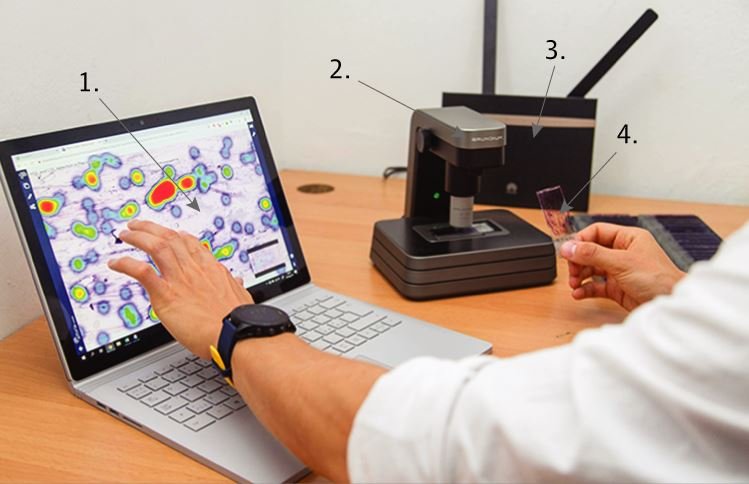Cancer screening is the process of looking for cancer in people who do not have symptoms. Screening tests can find cancers at an early stage, when they are small and before they have spread. This can make treatment easier and more likely to be successful.
There are many different types of cancer screening tests, which are used depending on the type of cancer. Some common tests include mammograms (for breast cancer), Pap smears (for cervical cancer), colonoscopies (for colon cancer), and low-dose CT scans (for lung cancer). You can also look for tumor screening in kenya.

Image Source: Google
Screening tests are not perfect, and they can sometimes give false positive results (meaning that the test suggests someone has cancer when they do not). False positive results can cause anxiety and lead to unnecessary follow-up tests or even treatment. It is important to talk to your doctor about the possible benefits and risks of cancer screening, as well as whether it is right for you.
There are four main types of cancer screening:
1. Primary Prevention: This involves making lifestyle changes to help lower your risk of developing cancer. This can include quitting smoking, eating a healthy diet, and getting regular exercise.
2. Secondary Prevention: This involves early detection and treatment of cancer. This can include regular cancer screenings, such as mammograms or colonoscopies.
3. Tertiary Prevention: This involves treating cancer that has already spread. This can include surgery, radiation therapy, and chemotherapy.
4. Quaternary Prevention: This involves preventing cancer recurrence. This can include lifestyle changes, such as maintaining a healthy weight, and getting regular exercise. It can also include surveillance for cancer recurrence, such as follow-up imaging or blood tests.
